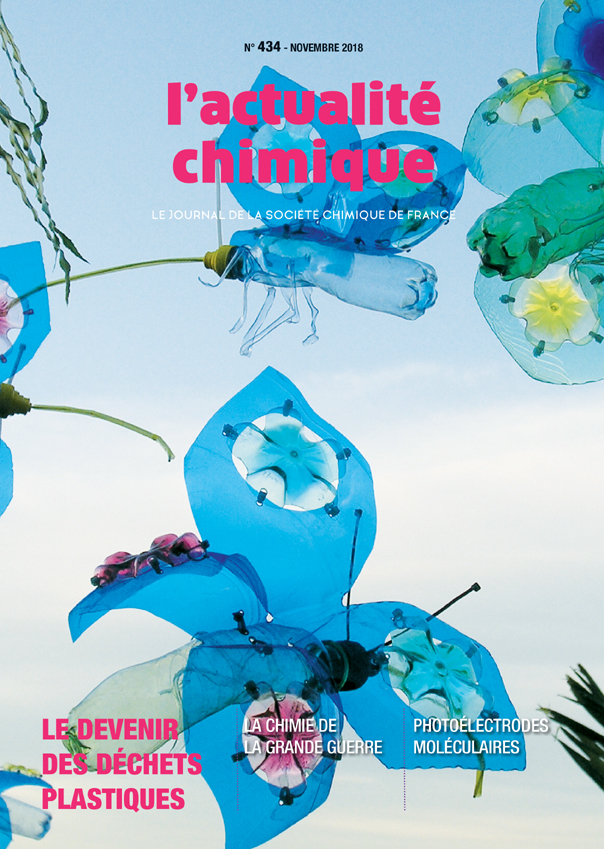France-Australia, one step further!
Rédigé par Junk Peter Chambaud Gilberte
Les alliances entre sociétés savantes peuvent déboucher sur de vraies réalisations concrètes et des accords bipartites très enrichissants pour les deux, mais il faut des maitres d’œuvre et des actions qui vont bien au-delà de ce qui est écrit dans le protocole d’accord. Bien souvent, tout nait d’une convergence ou d’une complémentarité de recherche~; c’est typiquement le cas de l’accord récemment signé entre le Royal Australian Chemical Institute (RACI) et la Société Chimique de France (SCF), auquel nous consacrons cet éditorial.
Based on the long-lasting collaborations existing in various fields of chemistry between France and Australia, it was recently decided to sign an official agreement to strengthen existing and stimulate new partnerships between our two communities. The opportunity of signing such a collaborative agreement appeared during the recent symposium “Molecular Electronics and Photonics” (MEP~2018) in Rennes (10-13~July 2018) where Professor Gilberte Chambaud, President of the SCF (Société Chimique de France), and Professor Peter Junk, President of the RACI (Royal Australian Chemical Institute), met and convened on the main goals of this agreement.
The common aim is to encourage a long term productive relationship for Australian and French chemistry communities, with a shared interest in bilateral research, education and collaborations. To this end, it has been agreed to enter a five-year alliance (2018-2022) characterized by mutual benefit, impact and a commitment to cooperation in service to chemical scientists, engineers, educators, students and professionals represented in our respective countries and organizations.
The main actions are:
-# Cooperation and development of joint virtual and/or physical outreach activities and programs, furthering the popularization of chemistry and the role that chemistry plays in people’s daily lives in France and in Australia.
-# Organization and delivery of joint activities with a focus on energy, sustainable chemistry, environment, industrial chemistry and materials, with particular attention and/or cooperative efforts addressing global challenges.
-# Collaboration on professional development and soft-skill training for young chemists in areas related to innovation and leadership.
-# Agreement on reciprocal rights on fees between RACI and SCF members when attending conferences, workshops or seminars which have been organized by the partner.
-# Mutual promotion of events, programs, products and services relevant to RACI and SCF members.
Among already identified collaborations, the domain of molecular electronics and photonics was recognized with the creation in 2009 of an Associate European Laboratory (LEA, an international structure recognized by the CNRS) between Rennes (France) and Durham (United Kingdom), involving also Australia. This international CNRS structure evolved in 2017 to the Associate International Laboratory (LIA) – Redochrom implying the Institute of Chemistry of Rennes with Prof. F.~Paul, the Australian National University (ANU) in Canberra with Prof. M.G.~Humphrey and the University of Western Australia (UWA) in Perth with Profs. P.~Low and G.~Koutsantonis. The MEP~2018 meeting in Rennes was the first meeting of this community, involving theoretical chemistry, coordination chemistry and catalysis.
Several active collaborations exist also in other domains of chemistry: among them, the chemistry of polymers is strongly represented, for example via the collaboration between Le~Mans University and Monash Institute of Pharmaceutical Sciences, CBNS – MIPS (Prof. Tom Davis who was previously in Sydney CAMD~-~UNSW) in the domain of reactive and functionalized polymers, stimuli-sensitive polymers with applications in biology and medicine for vectorization of drugs.
Another example is the domain of polymerization in dispersed systems, with collaborations between the Centre for Advanced Macromolecular Design (CAMD), School of Chemical Engineering, University of New South Wales, Sydney and the University of Haute-Alsace in Mulhouse. The Western Sydney University has collaborations with the “Institut de Chimie Radicalaire” in Marseille in the field of polymers characterization, and via its School of Science and Health, Australian Centre for Research on Separation Science with IPREM laboratory in Pau.
In the domain of nanoparticles with magnetic properties, collaborations exist between the University of Queensland, Brisbane (Prof. M.~Monteiro) and Le~Mans University, and also with the laboratory “Physicochimie des Électrolytes et Nanosystèmes interfaciaux” (PHENIX) in Paris.
Other more or less standing collaborations exist in Chemical Engineering, between Laboratory for Chemical Engineering (LGC) in Toulouse and James Cook University, College of Science and Engineering, Townsville, Queensland, and also for engineering developments in the preparation of nanogels induced by sonochemistry between Le Mans University and Melbourne School of Engineering.
In addition, there are many individual collaborative programs between research groups in Australia and France that do not fall under official programs.
All these collaborations can be further developed and it is hoped that this agreement will also contribute to bring closer our communities and let new links emerge.
Professors Gilberte Chambaud (President SCF) and Peter Junk (President RACI)
Qu’est-ce qui peut laisser penser que des résultats concrets verront le jour~? Au-delà de la détermination des signataires, tout ce qui a déjà été fait entre des équipes et des laboratoires adhérents. SCF et RACI n’ont pas attendu~; il y a eu des échanges de postdocs, des publications communes, des «visiting Professor» au Mans, à Pau, Rennes… à Canberra, Durham, Sydney… Rendez-vous dans cinq ans pour une belle moisson~!
Couverture
Visuel~: Veronika Richterová, Papillons Morpho, bouteilles plastiques, 2009 (photo ©~Michal Cihlář).

